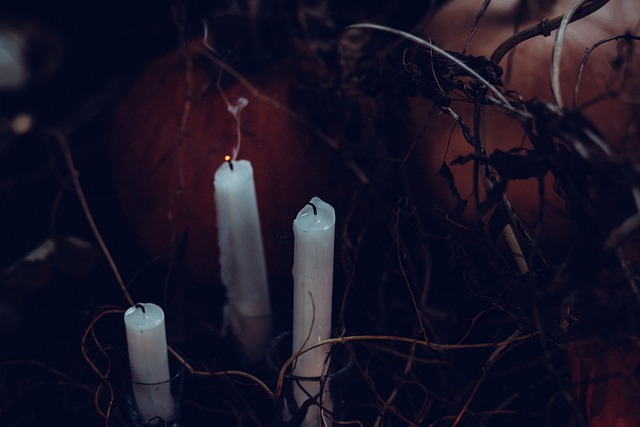Voodoo. The mere mention of this seemingly enigmatic word conjures up images of dolls with pins sticking out of them, black magic, and mysterious rituals. Yet, voodoo has a rich and diverse history that extends beyond these popular stereotypes. In this article, we will explore the world of voodoo, shedding light on its origins, practices, and misconceptions.
Origins and Cultural Background
Voodoo, also known as Vodou or Vodun, originated in West Africa and is deeply rooted in the religious and cultural practices of the region. It was brought to the Americas through the transatlantic slave trade, where it blended with elements of Catholicism and indigenous beliefs. Today, voodoo is primarily practiced in Haiti, New Orleans, and several countries in West Africa, and it continues to evolve and adapt to its surroundings.
Beliefs and Deities
At the core of voodoo are its belief in a supreme deity, Bondye, and the worship of various spirits known as lwa or loa. These spirits act as intermediaries between humans and Bondye, possessing powers and characteristics linked to different aspects of life, such as love, fertility, and wisdom. The relationship between practitioners and the spirits is reciprocal, as they are offered sacrifices and rituals in exchange for their assistance and blessings.
Misconception #1: Black Magic and Curses
One of the most common misconceptions about voodoo is its association with black magic and curses. While it is true that voodoo does involve the use of rituals and spells, its purpose is not malevolent. Voodoo practitioners seek to harness the energies of the spirits to promote healing, prosperity, and spiritual growth. The use of dolls or effigies, often depicted in popular culture as a means of casting spells, is actually a misrepresentation. These dolls, known as “voodoo dolls,” are used for healing purposes, symbolizing the person being treated rather than causing harm.
Misconception #2: Zombies and Witchcraft
Another myth surrounding voodoo is its connection to zombies and witchcraft. Voodoo has long been portrayed in movies and literature as a means for creating mindless, reanimated corpses. In reality, the concept of zombies in voodoo is an example of cultural appropriation and distortion. In voodoo, zombies are believed to be individuals who have been placed under a powerful spell, robbed of their free will, and subjected to labor against their wishes. This representation bears little resemblance to the brain-eating creatures popularized by Hollywood.
Misconception #3: Animal Sacrifices
Animal sacrifices are a controversial aspect of voodoo that often generates misunderstanding and criticism. While some practitioners do engage in animal sacrifices, it is important to understand the reasoning behind these rituals. Animal sacrifices in voodoo are seen as exchanges between the physical and spiritual worlds. They are believed to please and nourish the spirits, ensuring their continued presence and aid. However, it is worth noting that many voodoo practitioners condemn unnecessary harm to animals and strive to practice their religion in a manner that aligns with compassion and respect for all living beings.
Practices and Rituals
Voodoo rituals are vibrant and dynamic, incorporating music, dance, and trance-like states to establish a connection with the spirits. One of the most well-known voodoo ceremonies is the “Vodou ceremony” in Haiti, where participants gather at a hounfour (voodoo temple) to honor the spirits through song, drumming, and dance. Within these rituals, practitioners may seek guidance, healing, or protection from the spirits, who are believed to be present during the ceremony.
Conclusion
Voodoo, often shrouded in mystery and misconception, is a religious and cultural tradition with deep roots in West Africa and the Americas. It is a complex belief system that encompasses various deities and rituals aimed at gaining blessings and guidance from the spirits. By understanding the true nature of voodoo and debunking common myths, we can appreciate the wisdom and cultural heritage it represents, moving beyond stereotypes and embracing the diversity of human spirituality.

